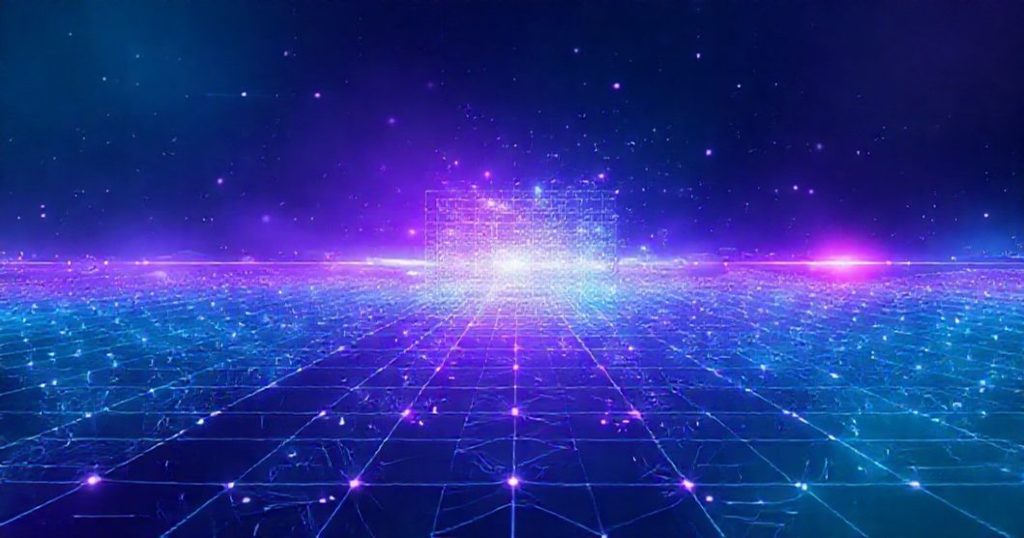Introduction to AI Image Generation
AI image generation has revolutionized the creative industry, enabling users to produce stunning visuals with ease. With the advent of 4K resolution output, the possibilities for AI-generated images have expanded exponentially. However, optimizing AI image generation for 4K resolution requires a deep understanding of the underlying technology and techniques. In this comprehensive guide, we will delve into the world of AI image generation, exploring the latest advancements, best practices, and expert tips for achieving professional-grade results.
The journey to mastering AI image generation begins with understanding the fundamental principles of machine learning and deep learning. These technologies have enabled the development of sophisticated neural networks that can learn from vast amounts of data, recognizing patterns and relationships that would be impossible for humans to discern. By leveraging these advancements, AI image generators can produce images that are not only visually stunning but also contextually relevant.
One of the most significant challenges in AI image generation is prompt engineering. Crafting effective prompts that elicit the desired response from the AI model is an art that requires patience, creativity, and practice. A well-designed prompt can mean the difference between a mediocre image and a breathtaking work of art. To illustrate this point, consider the following example: a prompt like ‘a futuristic cityscape with sleek skyscrapers and flying cars, set against a backdrop of a vibrant sunset’ is more likely to produce a compelling image than a generic prompt like ‘a city.’ The key to successful prompt engineering is to provide the AI model with enough contextual information to generate an image that meets your expectations.
Another critical aspect of AI image generation is model selection. Different AI models excel at various tasks, and choosing the right model for your specific needs is essential. For instance, some models are better suited for generating realistic images, while others specialize in creating stylized or abstract visuals. By understanding the strengths and weaknesses of each model, you can optimize your workflow and achieve the desired results. Furthermore, the choice of model can significantly impact the quality of the generated image, particularly when it comes to 4K resolution output. Higher-resolution images require more complex models that can handle the increased pixel density, making model selection a critical factor in achieving professional-grade visuals.
Understanding How AI Image Generators Process Your Prompts
When you input a prompt into an AI image generator, you initiate a complex process that involves multiple stages of processing. The AI model analyzes your prompt, breaking it down into semantic components and mapping them onto learned visual concepts. This process is known as latent space navigation, where the AI synthesizes new visual content by blending and recombining learned features. Understanding this fundamental mechanism is crucial for optimizing AI image generation, as it enables you to craft more effective prompts and fine-tune your workflow.
The quality of your output depends heavily on how well you communicate your vision through text. Unlike traditional search engines, where keywords are king, AI image generators respond better to descriptive, contextual language that paints a complete picture. For example, a prompt like ‘a serene landscape with rolling hills, a tranquil lake, and a picturesque village in the distance, set against a warm summer sky’ provides the AI with rich contextual information, leading to a more compelling image. Many creators find that experimenting with different prompting approaches reveals patterns and techniques that consistently produce better results for their specific needs.
Optimizing AI Image Generation for 4K Resolution Output
Optimizing AI image generation for 4K resolution output requires a combination of technical expertise, creative vision, and attention to detail. One of the most critical factors is the choice of model, as different models are better suited for handling high-resolution images. Additionally, the quality of the prompt, the level of detail, and the computational resources available all play a significant role in determining the final output. By understanding these factors and optimizing your workflow accordingly, you can achieve professional-grade results that meet your creative vision.
Another essential aspect of optimizing AI image generation is post-processing. While AI models can produce stunning images, they often require additional refinement to achieve the desired level of quality. Techniques such as image sharpening, color correction, and noise reduction can significantly enhance the visual appeal of the generated image. Furthermore, understanding the limitations of AI image generation and being aware of potential pitfalls, such as overfitting or mode collapse, can help you avoid common mistakes and optimize your workflow for better results.
Conclusion
In conclusion, optimizing AI image generation for 4K resolution output is a complex task that requires a deep understanding of the underlying technology, creative vision, and attention to detail. By mastering the art of prompt engineering, selecting the right model, and optimizing your workflow, you can achieve professional-grade results that meet your creative expectations. Remember, the key to success lies in experimentation, patience, and practice, as well as a willingness to learn and adapt to the latest advancements in AI image generation.
As you embark on your journey to master AI image generation, keep in mind that the technology is constantly evolving, and new models, techniques, and best practices are emerging all the time. Stay up-to-date with the latest developments, and don’t be afraid to try new approaches and experiment with different workflows. With persistence, creativity, and a passion for innovation, you can unlock the full potential of AI image generation and create stunning visuals that leave a lasting impression.



